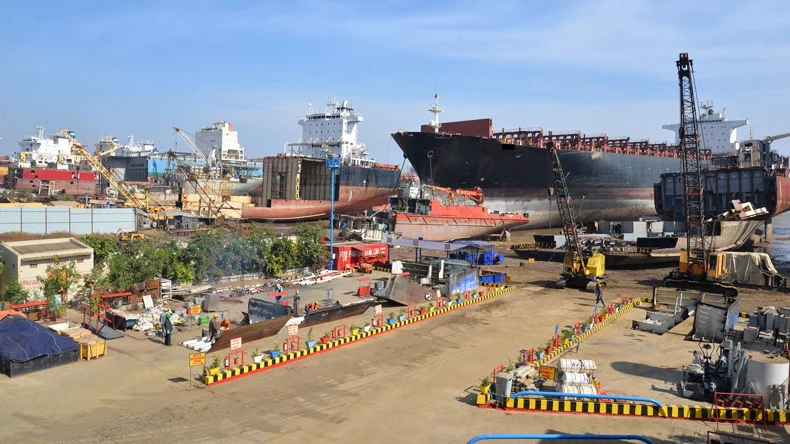In the first nine months of 2023, India, the world’s second-largest importer of seaborne coal, experienced a notable shift in its energy landscape. Coal shipments to the country decreased by 9% compared to the previous year. This decline was counterbalanced by a 12% increase in domestic coal mining, emphasizing India’s push towards self-reliance in energy production. Despite this, electricity generation continued to rise, even with reduced output from hydro power sources.
India’s government played a pivotal role in ensuring stable energy supplies. To achieve this, there was a concerted effort to boost domestic coal mining. It’s worth noting that India’s coal imports reached a peak in 2019, dipped during the Covid pandemic, partially recovered in 2022, and then declined again this year. Currently, imported coal constitutes 19.1% of India’s coal supply, a decrease of 3.3 percentage points from the previous year.
Ship recycling : building equitable practices worldwide
In response to low inventories at power plants and power shortages, the Indian government imposed various measures. From May to August 2022, power plants were required to blend at least 10% of imported coal. This percentage was reduced to 6% between January and September 2023, and further lowered to 4% between September and the following March. Consequently, the number of power plants facing critically low inventories decreased by 25% compared to the previous year by the end of September 2023.
The demand for tonne miles, a measure of the transportation of goods, dropped by 5% year-on-year, although this decrease was not as significant as the drop in cargo volumes. This was due to India diversifying its sources, importing more coal from Russia, the US, and South Africa, and reducing imports from its major partners, Australia and Indonesia. This shift could be attributed to the surge in Chinese coal imports, prompting India to explore new suppliers. China’s increased demand was influenced by the lifting of the ban on Australian coal imports in February.
Traditionally, India prefers cheaper thermal coal with low energy content, making it a competitive market in Asia. The transportation of coal to India primarily relies on capesize and panamax ships, with a smaller contribution from supramax ships. Interestingly, there was a 30% year-on-year decrease in coal shipments on capesize ships, leading to panamax ships taking the lead in transporting coal to India, a trend not seen since 2020. This shift was likely due to lower cargo volumes and higher freight rates for capesizes.
Ship recycling market slows down as autumn sets in
Globally, despite the decrease in coal volumes to India, global coal shipments increased by 3.4% year-to-date, mainly due to a significant rise in volumes to China. Coal continues to be the second largest commodity, constituting nearly 25% of all dry bulk volumes.
Looking ahead, emerging economies in Asia, including India, are expected to drive future demand growth for coal. However, factors like decarbonisation efforts and increased domestic mining in both China and India could potentially reduce seaborne coal volumes in the coming years. These changes might impact the overall growth prospects of the dry bulk sector.







